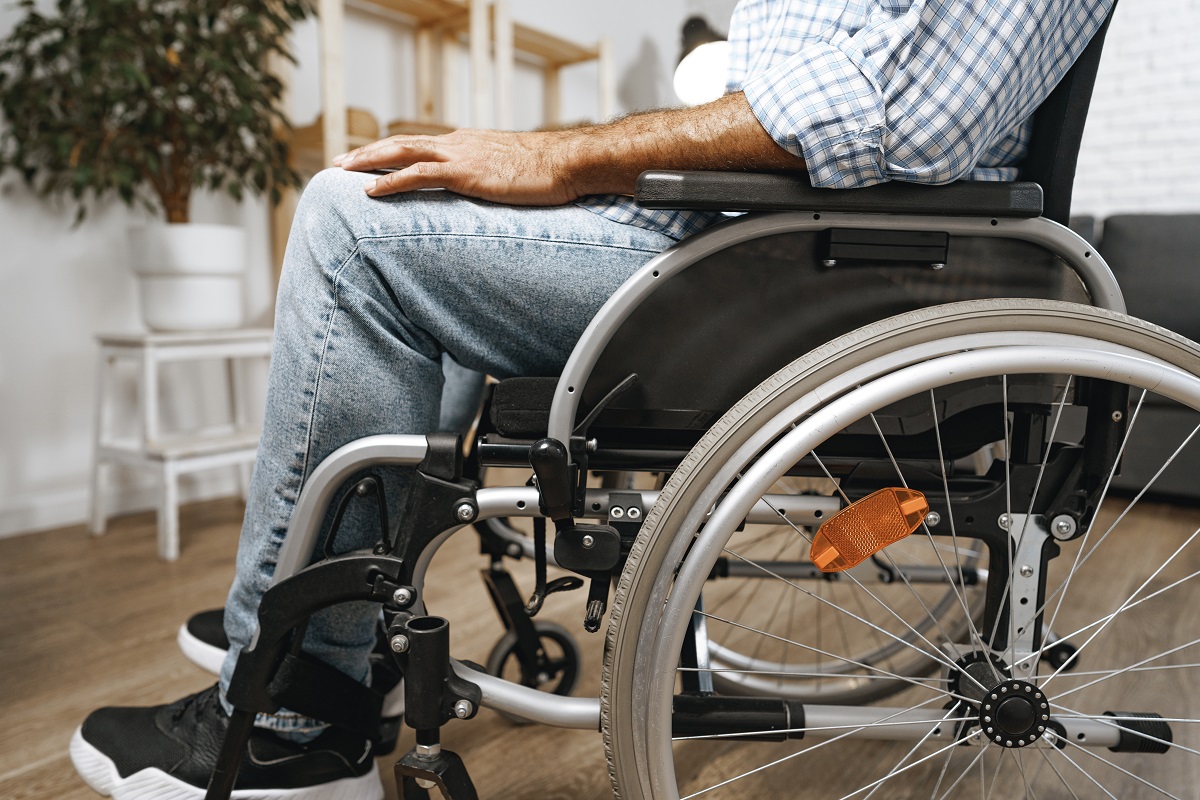What are the uses of steel in the medical industry?
- Hospital beds
- Wheelchairs
- Orthopaedic implants
- Intravenous stand
- Artificial heart valves
The medical and healthcare industry has a number of specific requirements and needs when it comes to choosing raw materials to produce tools, equipment, piping, devices, and other components. All of these allow doctors and nurses to provide patient care and treatment, while also being able to do their jobs more efficiently. As one of the most widely used metals in the world, steel has served important roles in manufacturing such products and equipment. Steel uses in the medical industry vary anywhere, from structural components for medical facilities and buildings to medical equipment, such as hospital beds, wheelchairs, IV stands, and the like.
Stainless steel, in particular, is prized for its properties and features. A wide variety of stainless steel grades exhibit excellent durability, strength, resistance to corrosion and high temperatures — all of which prove to be useful in the industry. So long as healthcare, medicine, and pharmaceuticals have strict considerations regarding sanitation and cleanliness, stainless steel will continue to be a material of choice. Read on to learn more.
Hospital Beds
Hospital beds provide convenient mobility when transferring patients to emergency rooms, operating centers, and other related facilities. For patients in confinement, hospital beds may also have a number of features that provide pain alleviation and additional comfort.
Steel or stainless steel fabricated and finished products play a crucial role in manufacturing these hospital beds due to their ease of machinability and versatility. Different parts of a hospital bed can be fashioned out of steel pipes, plates, coils, sheets, or tubes, such as the headboard, side rail control panels for patients and care providers, casters, bed frames, or the footboard.
Aside from providing support and structure to the entire equipment, stainless steel also makes for a good option because it can be modified to have antibacterial and biocompatible properties. Patients who are being treated for open wounds and other medical concerns can rest assured that no contamination will take place as they continue using the equipment.
Wheelchairs

Similar to the hospital bed, the wheelchair is another important piece of medical equipment used to enhance mobility and quality of life for patients experiencing difficulties in walking. Aside from these, wheelchairs can also be modified in order to meet a patient’s needs, especially when they may be in treatment for disabilities that impede them to do everyday activities.
As crucial as the role that wheelchairs play in medicine, so does steel. When alloyed with another metal like chromium, the result is stainless steel that’s designed to withstand harsh environments, making it a hygienic and suitable option for manufacturing different wheelchair types. It also sports a lightweight design that can help reduce wall thickness without any compromise on the build and strength of the wheelchair.
Orthopaedic Implants
An orthopaedic implant is a manufactured medical device intended to replace broken bones, joints, or cartilage. Patients who have experienced accidents that resulted in such injuries may require orthopaedic implants to replace a natural part. Although there are certain risks involved during surgery, the benefits of implants nonetheless outweigh them. Without these devices, a patient may remain confined to a wheelchair even if there is still the remote possibility that they can walk again.
With these in mind, metal alloys such as steel or stainless steel continue to be widely used in manufacturing these implants. As previously mentioned, these alloys are durable and high in strength. They can last for up to a decade before any replacements, making them cost-effective for patients.
Intravenous Stands

Stainless steel has once again been useful in the production of intravenous or IV stands/poles. These are commonly found in many hospitals and care facilities and are used for keeping and storing bags with fluid or medicine in place. Each stand contains several hooks at the top from which the bags are hung. To transmit the fluids easily, the bag is connected by a tube into a patient’s veins.
Most IV stands nowadays are fitted with wheels on the base to help the patient move around easily. The main pole is usually made out of stainless steel, due to its lightweight which further assists in ease of mobility.
Artificial Heart Valves
Heart valve replacement surgeries are oftentimes done when the natural valve has become damaged or diseased. Although there are different options for replacement valves, one of the most reliable are manufactured mechanical valves made out of steel or its alloys.
With mechanical valves, some patients will require heart thinning medication in order to prevent blood clots that may be stuck in the configurations of the valve. However, advancements in medical technology and research have eventually led to the development of a new model of mechanical heart valves that don’t require thinners.
With steel heart valves, patients have much less risk for reoperation compared to a tissue valve, for example. They’re also a much safer option due to the added benefit of less bleeding and longevity — this type of heart valve tends to last a lifetime, even for patients who are aged 70 and under.
Key Takeaway
Discussed in this simple guide are some of the many steel uses in the medical industry that benefits both patients and healthcare providers. Many of its applications have been known to improve the quality of life of patients, further underscoring the crucial role that this metal has for the industry.
From wheelchairs to artificial heart valves, there’s no denying that steel has become one of the most versatile and widely-used materials in medicine. No doubt that advancements in science and innovations in this field will continue to propel the way for more steel-based devices and equipment to be developed in the market.







